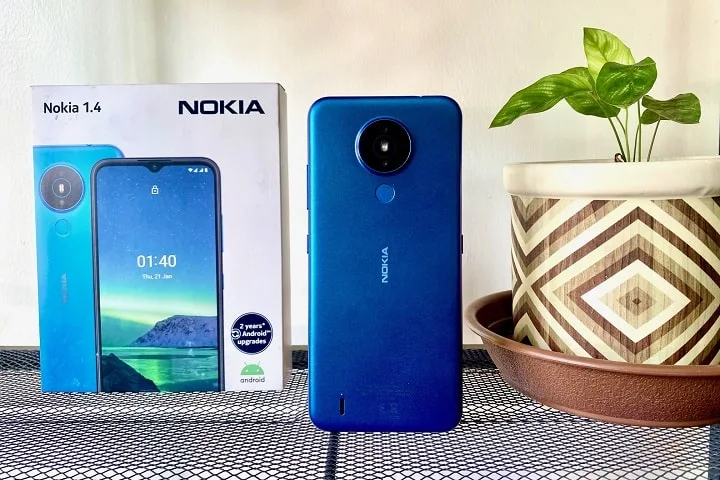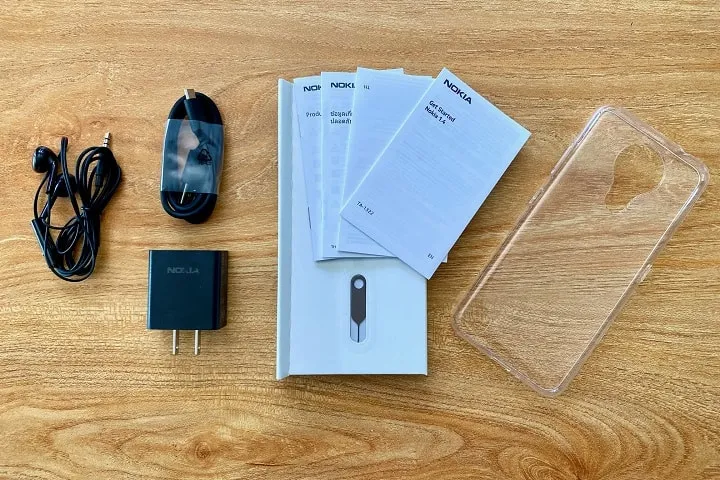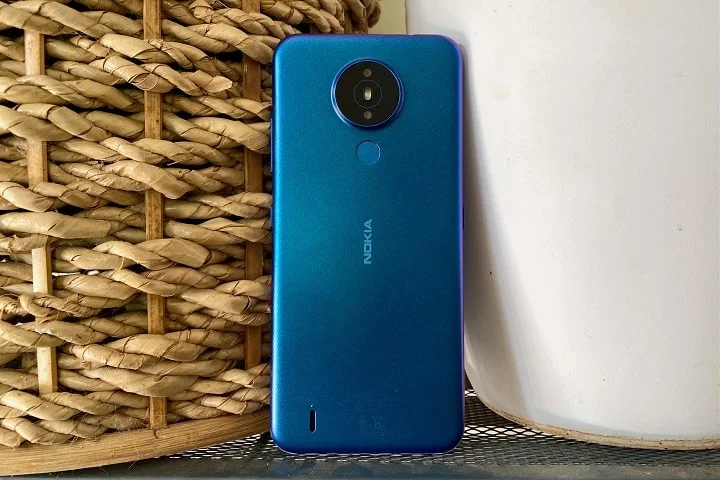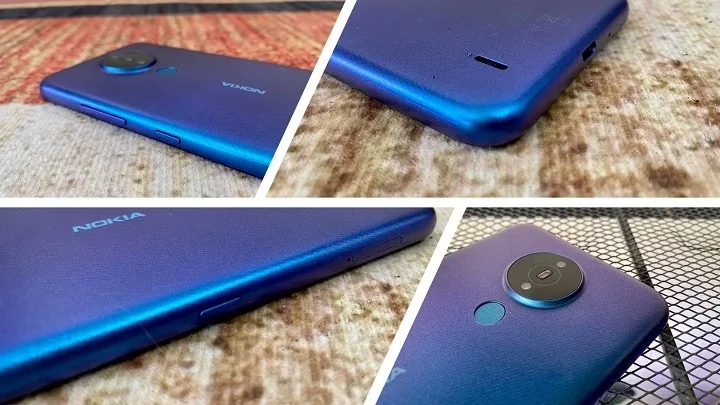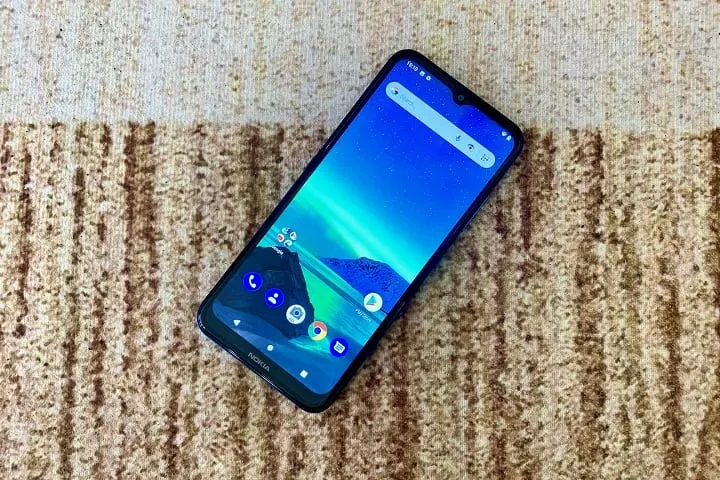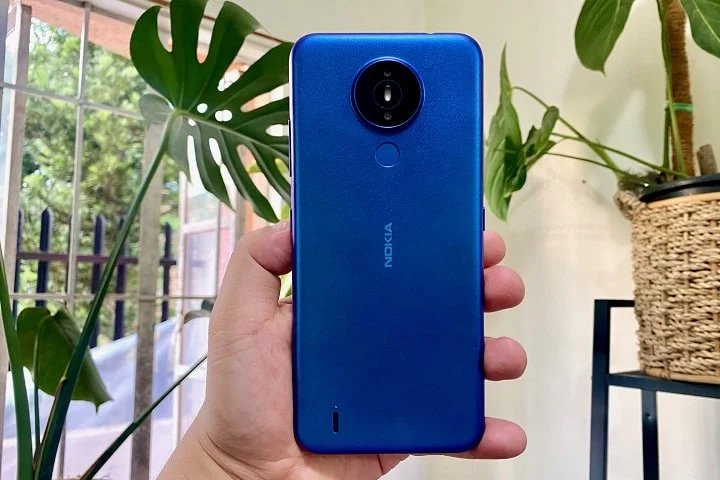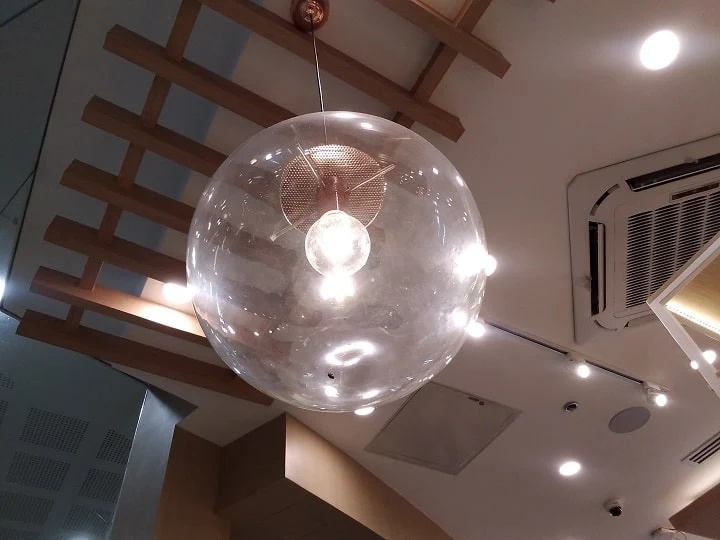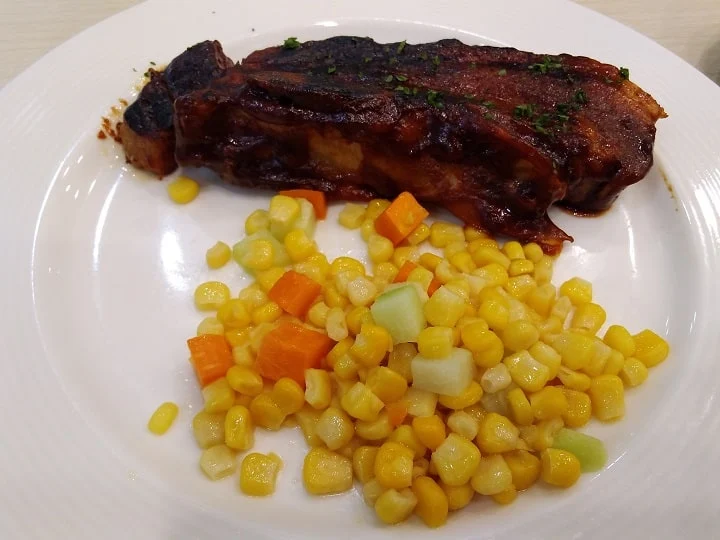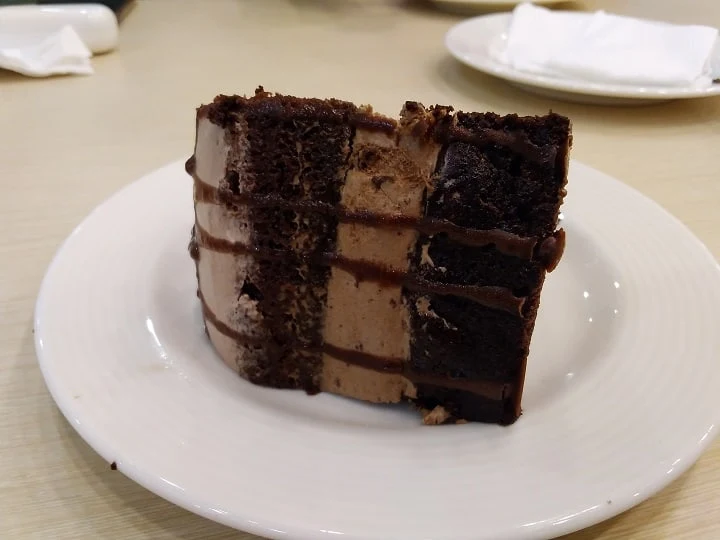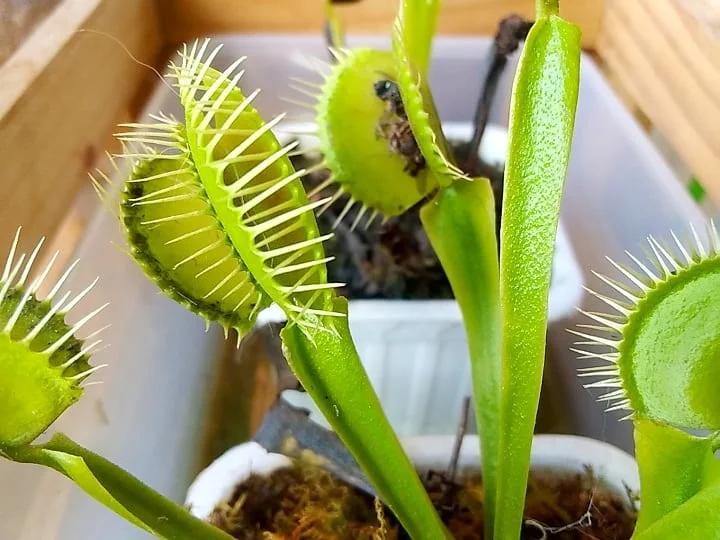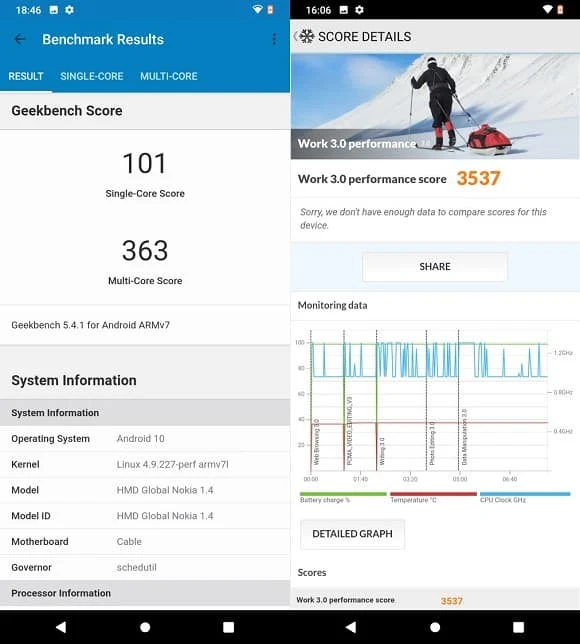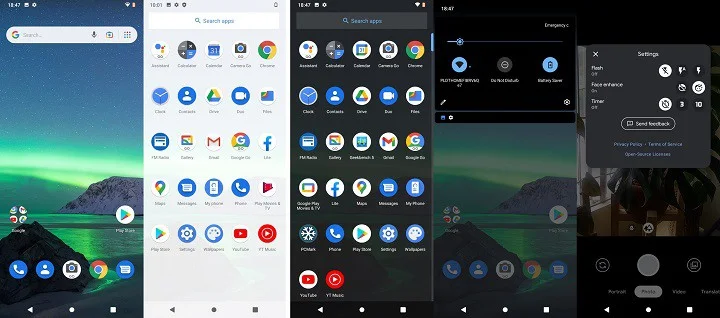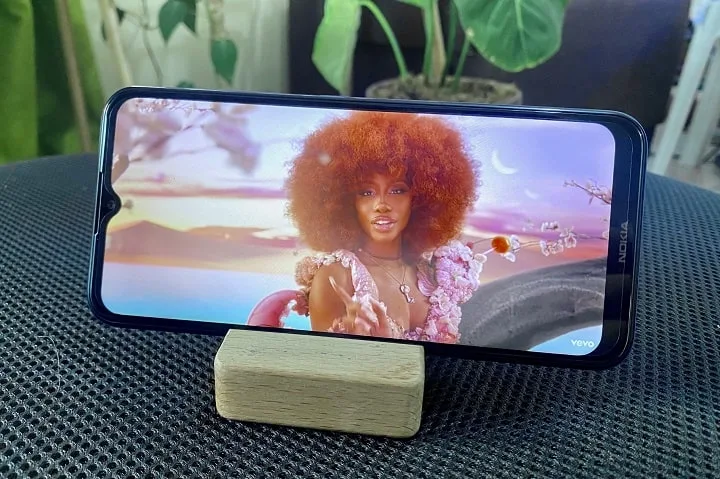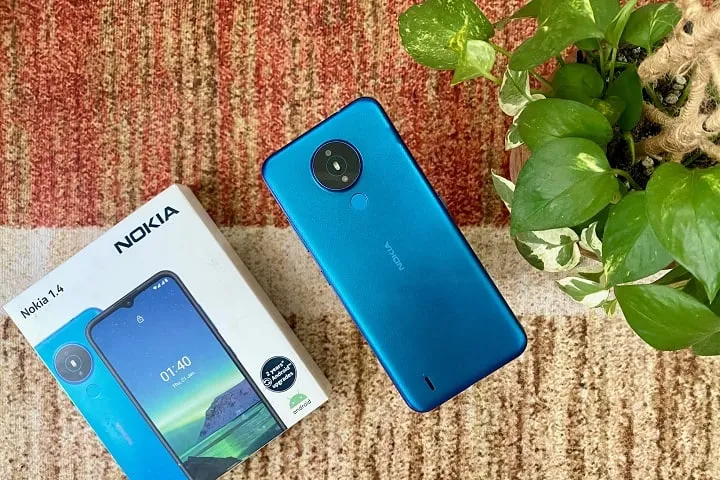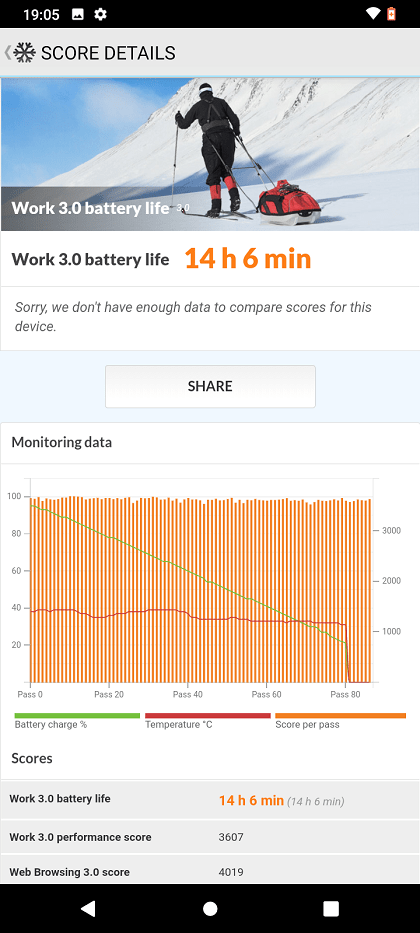The Nokia 1.4 smartphone joins the entry-level segment with HMD trying to capture a bigger share on the sub-Php 5K segment. The smartphone may be considered as a unique take on the Android experience as it is listed under the Android Go Edition. This promises a different experience compared to its competitors, since it is running on a forked version of stock Android.
Nokia 1.4 Review
Join us in this Nokia 1.4 review and let's look into the smartphone's capabilities. If you're a fan of stock Android but does not want to spill some cash for a mid-range or flagship phone, you might want to consider this Android Go Edition smartphone.
Unboxing
Inside the box items:
- Nokia 4.1 smartphone
- Power Supply Unit, 5W
- microUSB cable
- Earphones
- SIM ejector tool
- Clear transparent case
- Screen protector (pre-installed)
- User guide, warranty information
The Nokia 1.4 is packaged in a simple white box with marketing photos of the phone on the face of the box. There's also the promise of 2-year Android updates printed on the front. Some of the smartphone's specs are highlighted at the back of the packaging, these include the large immersive display, up to 2-day battery life, and Qualcomm 215 mobile platform.
Sliding the cover, we are greeted by the Nokia 1.4 handset. We have the Blue Fjord color variant. It already comes with a screen protector pre-installed. Underneath the phone, we have a division where the SIM ejector tool is attached. Inside it contains the documentations and clear transparent case.
Digging further, we'll see the 5W adapter, microUSB cable, and earphones. The initial setup is a quick process, and after that, I got about 26.58GB of remaining storage out of the 32GB built-in storage. This translates to over 5GB allocated to system files.
Design
The Nokia 1.4 comes with the familiar notch display with rounded corners. The bezels are quite thick on all sides, especially at the bottom which also has the "NOKIA" branding. The body measures 166.4 mm in height, 8.7 mm thick, and weighs 178 grams.
On the back, we have the bluish Fjord paintjob on a sturdy plastic material. It is a fusion of silky and matte finish which is doing a great job in making the fingerprints less visible. On the upper part, we have a protruding rear camera module in a circular design.
The module houses the dual rear camera setup consisting of the 8MP main and 2MP macro lens. There are two parts within this module. The outer circle houses the aforementioned camera sensors positioned on upper and lower portion. The inner circle has the LED flash.
Closely positioned right below the cameras is the phone's fingerprint scanner. I find it very easy to reach with my forefinger for biometrics. On the center of the back panel is the "NOKIA" branding. Finally, we have the speaker slit on the bottom left side of the back panel.
Ports, buttons placements
Here's a quick rundown on the buttons and ports placements:
- Top: 3.5mm audio jack and the receiver (pushed at the edge above the notch)
- Left side: dedicated Google Assistant button and SIM tray with slots for two nano SIMs and microSD card
- Right: volume rocker and power button
- Bottom: microphone and microUSB port
The placements of the buttons are designed so that they're easy to reach. The body of the smartphone also fits well on my hand. Finally, the backing gives a two-tone appeal depending on what angle you look at it; it's pleasing on the eyes.
Display
The Nokia 1.4, the successor to the Nokia 1.3, now comes in a larger display. For comparison, we now have a 6.51-inch IPS screen from the 5.71-inch display size of the predecessor. It has an HD+ resolution with 720 x 1600 pixels and 20:9 aspect ratio.
The Nokia 1.4 has a capable display with good color accuracy and saturation. Though, I must admit that the panel needs a little kick in brightness. For the most part, I love using the display in watching shows on Netflix or doing casual gaming. The viewing angles are very generous, thus sharing content with your family and friends is quite a worthwhile experience.
You can also toggle some display-related features like the Dark Mode, Night Light, Adaptive Brightness, and White Balance to improve your experience.
Camera
The Nokia 1.4's camera is a decent 8MP sensor complemented with a 2MP macro camera. On the front, there's a 5MP selfie camera. For a sub Php-5K handset, this set-up is quite acceptable. Photo quality is quite fine in most instances. Colors are accurate with acceptable details in a well-lit environment. The macro shots are also crisp and beautiful.
Photos in low-light could have muted colors and noise. Selfies are okay with good color tones and texture. All in all, the camera is good for social media usage. However, if you're buying this phone for the purpose of the camera, you may look elsewhere.
Check out the sample shots taken with Nokia 1.4 camera:
Performance and Software
The Nokia 1.4 is powered by a modest Qualcomm Snapdragon 215 chipset paired with 2GB of RAM. It is also packed with 32GB of storage but the system covers over 5GB of storage, leaving the users about 26GB of free storage. Just like the Nokia C1 Plus, the Nokia 1.4 boots with Android 10 (Go Edition). This version of Android OS is intended for entry-level smartphones.
Related:
We tallied a GeekBench single core score of 101 and multi-core score of 363. In our PCMark Work 3.0 Performance test, the handset tallied a 3537 score.
Due to software's optimization to the phone's hardware, I find using the handset surprisingly smooth. In fact, the whole user experience is quite good for a sub-Php 5K handset. Its bigger display takes advantage of the Android Go-optimized apps such as the Google Go, Assistant Go, Gmail Go, and more.
With trickle-down version apps, the Nokia 1.4 can handle most of your important tasks with ease, without a major toll on the hardware front. You can compose an email easily, or edit photos using specified apps.
On top of that, streaming video in YouTube and Netflix is such a breeze with bigger display and capable speaker. You can also save your multimedia files with the 32GB storage; and in case you need more room, there's a microSD support for storage expansion.
We love how clean the Android 10 Go Edition registers when we navigate into its interface. App icons are rounded by default and the notification shade is quite minimalist. Google Assistant is also quite fast when it's called for or is invoked with the use of the side button. In addition, you can easily access the app drawer by swiping up in the home screen.
Battery
The Nokia 1.4 is powered by a 4000 mAh battery. In our PCMark battery life test, the handset got a whopping 14 hours and 6 minutes. We are not surprised given the fact that the smartphone runs with Go Edition software and modest hardware.
The phone could easily last a day and even extends to the next day. The smartphone does not support fast charging, it took us about 3 hours and 30 minutes to charge the phone from 12 percent to 100 percent.
The Wrap
The Nokia 1.4 definitely offers a good value for a smartphone under Php 5K. We love the generous 6.51-inch display and long battery life. This makes a very reliable secondary phone for most of us. It's also a dependable smartphone for consuming content and homeschooling activities.
Nokia 1.4 Specs
6.51-inch HD+ IPS LCD display
720 x 1600 pixels, ~269 ppi
20:9 Aspect ratio
Qualcomm QM215 Snapdragon 215 (28 nm)
1.3GHz Quad-core processor
Adreno 308 GPU
Memory:
1GB RAM + 16GB ROM
2GB RAM + 32GB ROM
3GB RAM + 64GB ROM
microSD support
Dual rear camera:
8MP main, AF
2MP macro
5MP front camera
720p@30fps videos
Single SIM (Nano-SIM) or Dual SIM (Nano-SIM)
4G LTE, HSPA+
Wi-Fi 802.11 b/g/n
Bluetooth v4.2, A2DP, LE
GPS, with A-GPS
FM radio
microUSB 2.0
Fingerprint sensor (rear-mounted)
Android 10 OS, upgradeable to Android 11 (Go edition)
166.4 x 76.7 x 8.7 mm, 178 grams
4000 mAh battery, 5W charger
Fjord, Charcoal, Dusk
PHP 4,990

